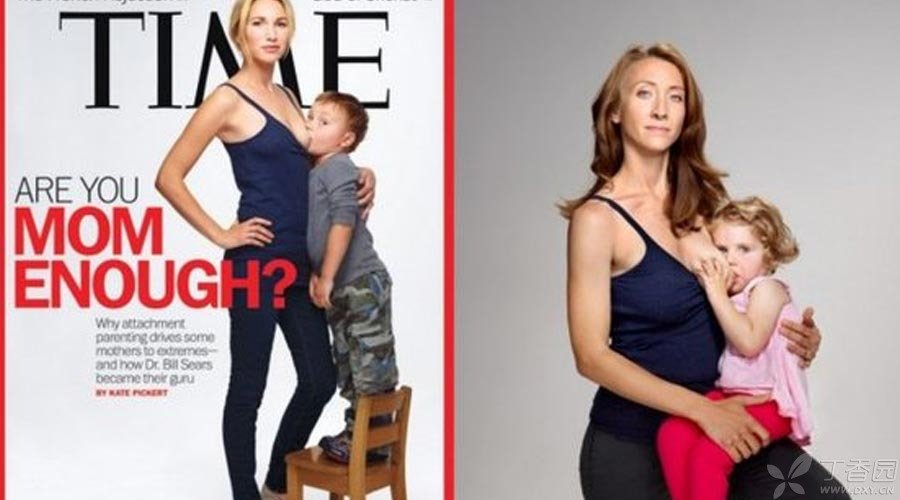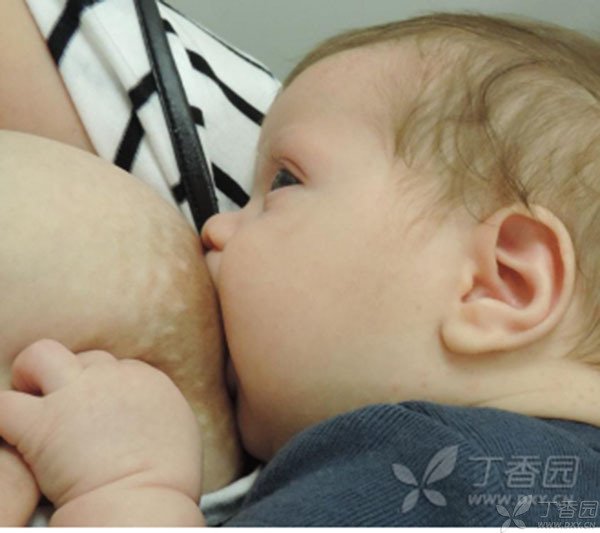
Today is not only the “confession and then day” that you are full of, but also the “breastfeeding day”.
I don’t know whether it is a trap set by businessmen or a therapeutic drug for social degeneration to alienate some meaningless dates into shopping and love festivals. I don’t know whether it is a trap set by businessmen or a treatment drug for social degeneration. I want to rely on the days to embolden you, and sex is mostly sponsored by love.
Anyway, I wish the diaosi and women and men who expressed their love today less money and more work. May you celebrate Mother’s Day, Father’s Day and Children’s Day next year.
Of course, it is happy to express success. Sweet love may reap the family and the next generation, but pain is always inevitable, such as breast-feeding.
Based on the long-term health considerations of mothers and children, WHO has given a 2-year lactation recommendation. Children at the age of 2 will have soy sauce, and they will have to clamor for a sip of breast milk when they return home after soy sauce. The mother’s nipples are like tap water taps.
Breastfeeding promotes the recovery of the mother after delivery, which can reduce the probability of breast cancer for the mother, and at the same time reduce the probability of diabetes for the mother and the child in the future. The child will be healthier and smarter …, but the mother’s breast will be soft and sagging.
I was going to take a picture of a woman before and after breast-feeding. Considering that today is a courtship festival, I couldn’t let go of the pain. There is no good way for what except for plastic surgeons and magic bras.
Of course, there are other reasons why the global breastfeeding rate of women is less than 40%. One is pain, the other is insufficient milk.
Pain in nipples and breasts
Mastitis is a common cause of nipple and breast pain. Effective emptying of milk is the first choice for mastitis treatment. It can be achieved by increasing feeding frequency and increasing contact between infants and breasts. Some patients will choose antibiotics to treat mastitis. However, there are few studies to prove the effectiveness of antibiotics.
Staphylococcus aureus (MRSA) is the most common pathogen in mastitis. If the disease is highly suspected or diagnosed, clinicians should actively carry out milk microorganism detection and take corresponding measures.
Incorrect feeding methods, nipple injury, herpes simplex virus infection (Fig. 1), dermatitis (Fig. 2), thrush or Candida infection, papillary vasospasm (Fig. 3), etc. can also lead to nipple and breast pain.
Fig. 1: nipple or areola infection with typical herpes simplex virus
Fig. 2: Eczema of nipple and areola
Fig. 3: Papillary vasospasm
When feeding a baby, Mothers should use backrests to reduce shoulder tension, Place the baby’s head on his forearm, Support the baby’s back with your hands. The baby’s body faces the mother, ensuring that the head, neck and back are in a straight line. The baby’s chest is close to the mother’s chest, the nose and the mother’s nipples are placed in the same straight line, and the chin touches the breast. At the same time, the baby’s mouth is opened more than 100 degrees, and the nipples and areola are all put into the mouth (Fig. 4), and the chin is trapped in the mother’s breast to ensure smooth breast feeding.

Figure 4: Correct Breastfeeding Posture
If the nipple skin is damaged, Lanolin cream helps repair damaged nipples. If herpes simplex virus infection is suspected, Mothers should stop breastfeeding before skin damage heals. If nipples and areola are affected by various skin diseases (such as eczema), glucocorticoids (such as mometasone) can relieve the disease. If breasts are infected with thrush or Candida, both mothers and infants should receive antifungal drugs (such as fluconazole).
If the papillary vasospasm occurs, the mother should pay attention to keeping the nipple warm after lactation. Nifedipine, a calcium channel blocker (initial dose 20 mg/day and maximum dose 60 mg/day), can also relieve nipple and breast pain. Most women will have an effect at 20-30 mg/day. After the pain is relieved, clinicians should gradually reduce the drug dose according to the condition.
Insufficient supply of breast milk
Breast tissue is sufficient, hormone levels are normal, and milk is regularly emptied at the same time to ensure sufficient breast milk supply. If a woman’s breast milk supply is insufficient after delivery, she should squeeze the breast in time, empty the milk, increase the frequency of lactation, and use prolactin drugs (such as domperidone). These methods will increase the supply of breast milk.
The best way to evaluate the supply of breast milk is to monitor the baby’s weight.
In studies on drug choices for lactating women, Researchers found that: The potential risk of breast-feeding drugs is significantly reduced compared with pregnancy. Lactating women should avoid using drugs as much as possible. When necessary, clinicians should evaluate the dosage and risk factors of infants and choose drugs with short half-life, high protein binding, low oral bioavailability or high molecular weight with breast-feeding data.
Premature infants and low birth weight infants should be cautious in taking drugs. The American Academy of Pediatrics points out that radioactive compounds and anti-cancer drugs are taboo drugs for breast-feeding women. The former must take 4-5 half-lives before breast-feeding (98% of drugs are eliminated after 5 half-lives). Therefore, Researchers suggest that clinicians choose drugs with low milk concentration according to pharmacokinetic knowledge and on the premise of ensuring the health of mothers.
Therefore, the shape of the breast is inevitably changed by breast feeding, and there are ways to deal with pain and insufficient breast milk.
Reprinting is prohibited without permission.
